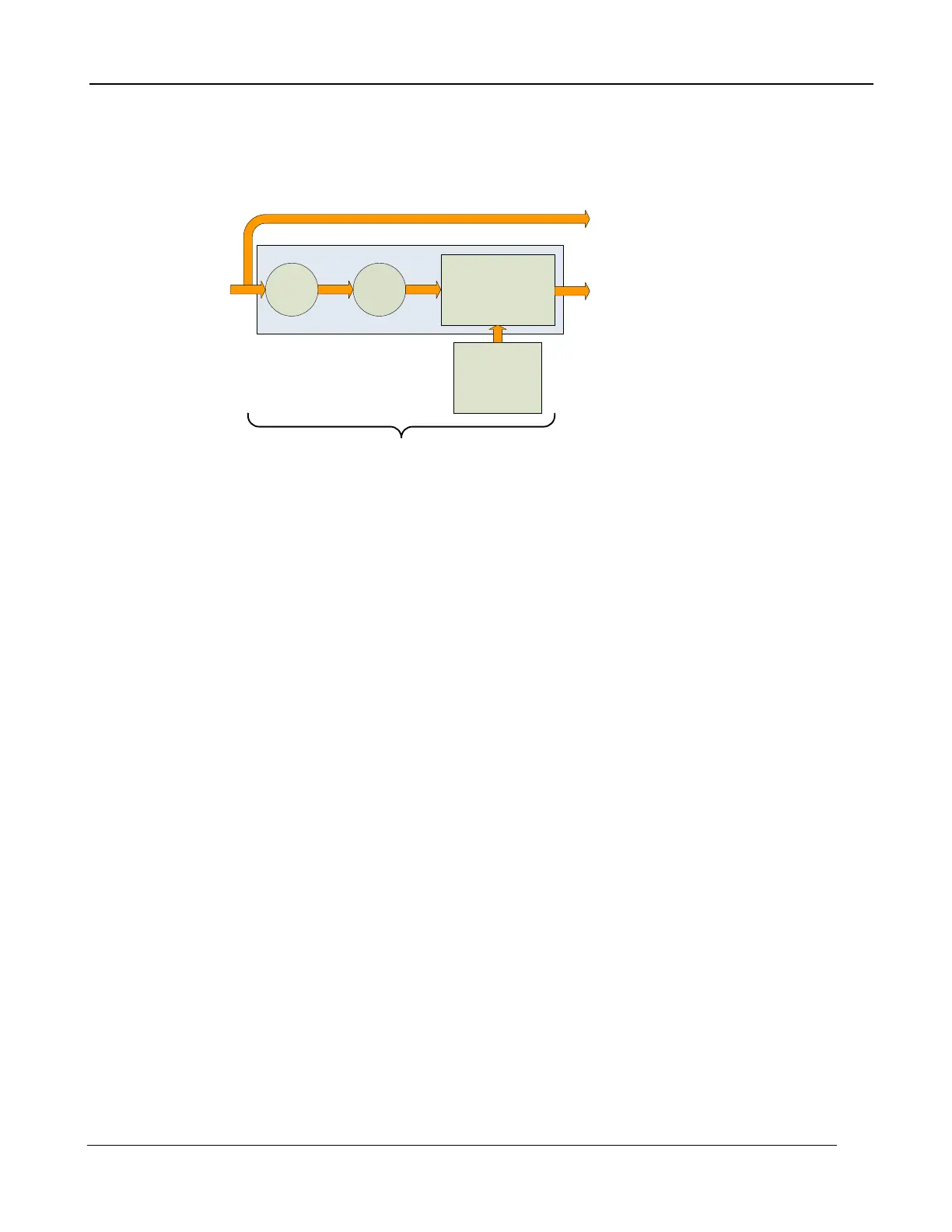5 –Camera Controller
A6000 and A8500 Series User’s Manual
52
5.5.5.1.3 Bad Pixel Correction
Within the NUC table there is an indication if a particular pixel has been determined to be bad, as seen
in Figure 4-15. There are two methods the camera uses to determine bad pixels.
Figure 4-15: Bad Pixel Correction
First, the NUC table gain coefficients are compared to a user defined acceptance boundary,
Responsivity Limit Low/High (%). The responsivity of a pixel can be thought of as the gain of that pixel.
The gain coefficient in the NUC Table is a computed value that attempts to correct the individual pixel
gain, or responsivity, to a normalized value across the array. Since the responsivity value directly
relates to the gain coefficient in the NUC table, the camera can scan the NUC table gain coefficients
and use them to determine if a pixel’s responsivity exceeds the limits as set by the user.
The second method of determining bad pixels is to search for twinklers. Twinklers are pixels that have
responsivity values within normal tolerances, but still exhibit large swings for small input changes.
These pixels are on the “verge” of being bad and often appear to be noisy. To find these types of pixels
the camera collects N number of frames and records the maximum and minimum values across that
sample set for each pixel. If the delta between max and min exceeds the Twinkler max pixel value delta
then the pixel is determined to be bad.
The camera supports two algorithms for bad pixel replacement: 2-point Gradient, and Nearest Neighbor.
